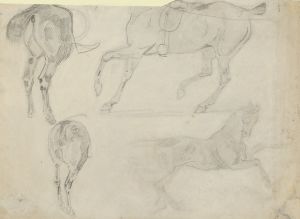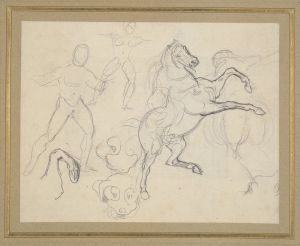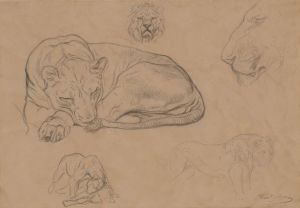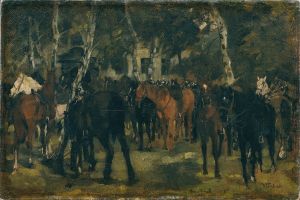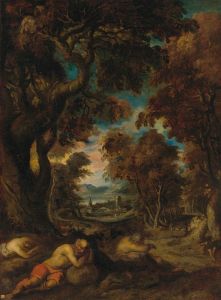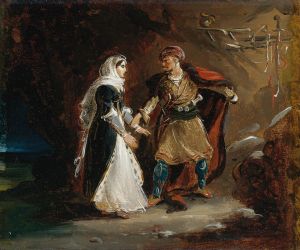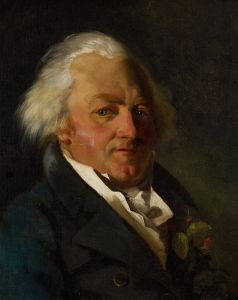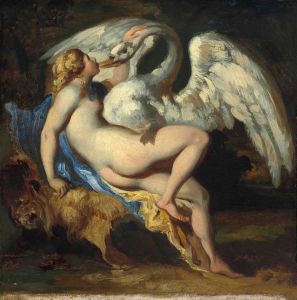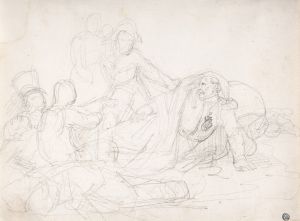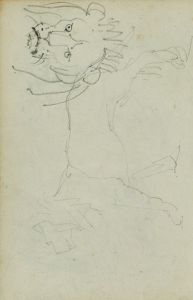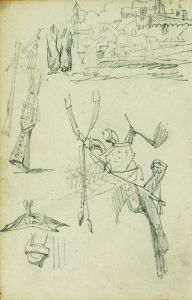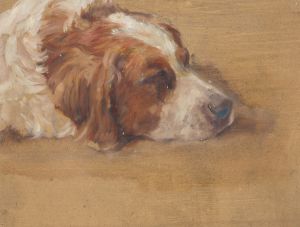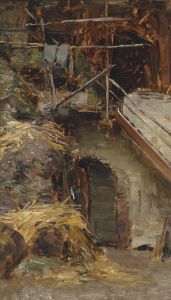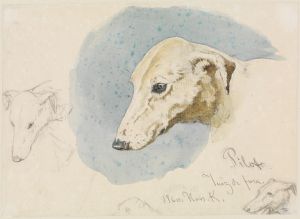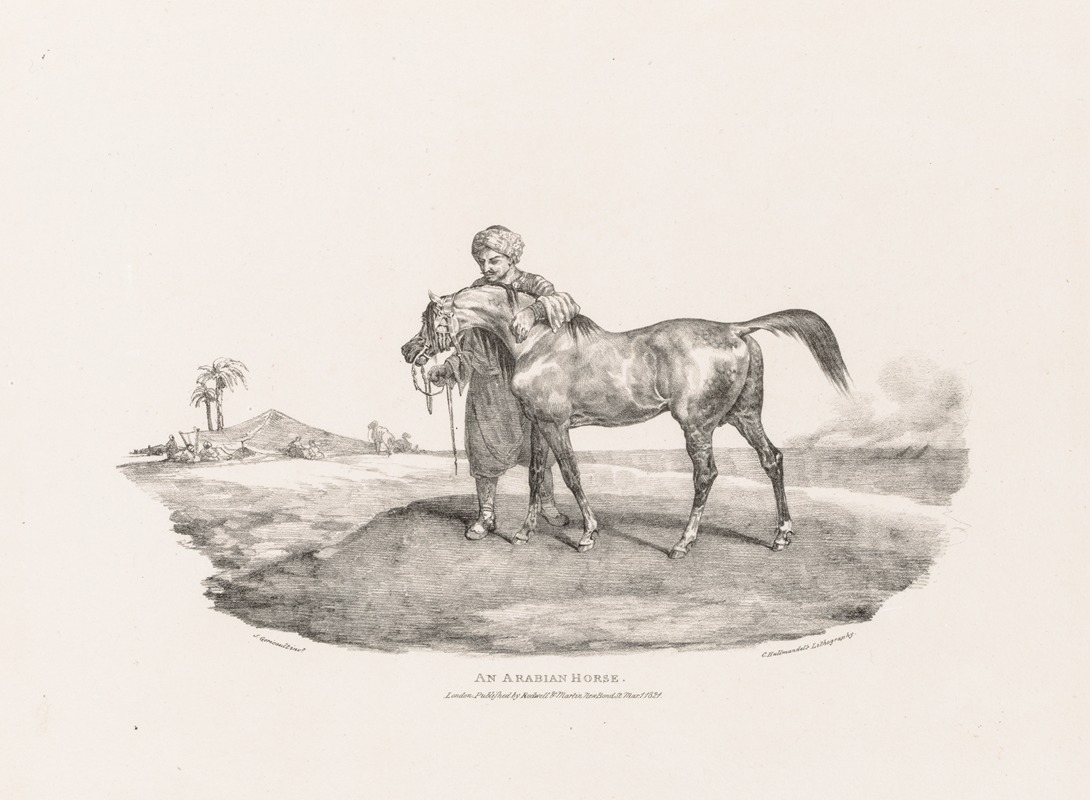
An Arabian Horse
A hand-painted replica of Théodore Géricault’s masterpiece An Arabian Horse, meticulously crafted by professional artists to capture the true essence of the original. Each piece is created with museum-quality canvas and rare mineral pigments, carefully painted by experienced artists with delicate brushstrokes and rich, layered colors to perfectly recreate the texture of the original artwork. Unlike machine-printed reproductions, this hand-painted version brings the painting to life, infused with the artist’s emotions and skill in every stroke. Whether for personal collection or home decoration, it instantly elevates the artistic atmosphere of any space.
An Arabian Horse is a painting by the renowned French artist Théodore Géricault, who is best known for his dramatic and expressive works that often depict horses and scenes of military life. Géricault was a pioneer of the Romantic movement in France, and his works are characterized by their dynamic compositions, intense emotion, and meticulous attention to detail.
The painting An Arabian Horse is believed to have been created around 1823, during a period when Géricault was deeply fascinated by the beauty and power of horses. This interest is evident in many of his works, including his famous painting The Charging Chasseur and his monumental masterpiece The Raft of the Medusa. Géricault's ability to capture the essence of his equine subjects with such precision and vitality has earned him a lasting reputation as one of the greatest horse painters in art history.
In An Arabian Horse, Géricault depicts a single horse, showcasing the animal's elegance and spirited nature. The painting is noted for its realistic portrayal of the horse's anatomy, with careful attention given to the musculature and posture. The horse is shown in a dynamic pose, suggesting movement and energy, which is a hallmark of Géricault's style. The background of the painting is relatively simple, allowing the viewer to focus entirely on the horse itself.
Géricault's use of light and shadow in An Arabian Horse enhances the three-dimensionality of the figure, giving it a lifelike presence. The artist's skillful application of paint creates a sense of texture, particularly in the horse's coat, which appears glossy and well-groomed. This attention to detail reflects Géricault's deep appreciation for the subject and his commitment to realism.
The painting also reflects the Romantic era's fascination with exotic and noble animals, particularly the Arabian horse, which was highly prized for its beauty, speed, and endurance. Arabian horses were often associated with nobility and were a symbol of status and power. Géricault's choice to depict an Arabian horse aligns with the Romantic movement's emphasis on emotion, nature, and the sublime.
An Arabian Horse is part of a larger body of work by Géricault that includes numerous studies and sketches of horses. These works demonstrate the artist's dedication to understanding and portraying the physicality and spirit of these animals. Géricault's equine paintings have had a significant influence on subsequent generations of artists, and his legacy as a master of horse painting endures to this day.
The painting is currently housed in the Louvre Museum in Paris, where it continues to be admired by art enthusiasts and scholars alike. An Arabian Horse remains a testament to Géricault's extraordinary talent and his ability to convey the majesty and vitality of one of nature's most magnificent creatures.





